Afghanistan vs Pakistan: What are the Taliban trying to achieve? Analysis
On October 11, Taliban military formations launched an incursion into the territory of the Islamic Republic of Pakistan. What triggered the escalation of this conflict?
Cross-border exchange of strikes
On Saturday evening, the forces of Taliban-controlled Afghanistan shelled Pakistani army positions along the northwestern border using heavy weapons. Following the bombardment, the Taliban launched ground assaults and, according to their claims, captured 25 Pakistani outposts.
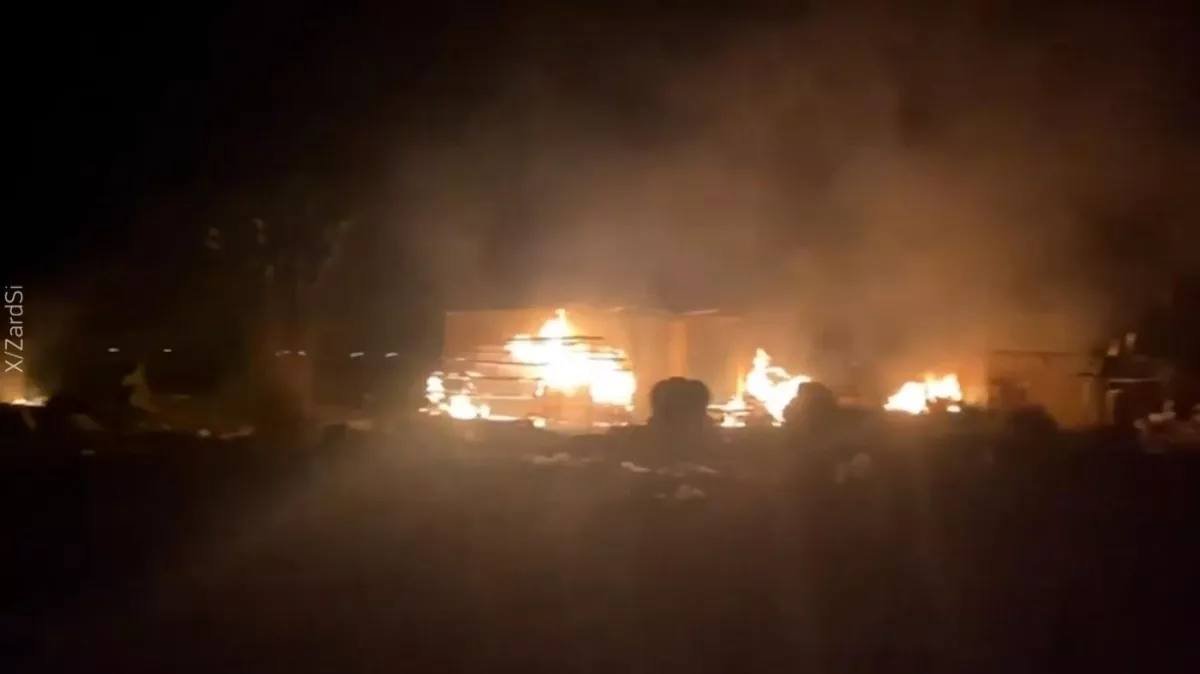
On Sunday, October 12, Pakistan’s armed forces carried out retaliatory strikes against Taliban formations. According to the Pakistani army, 200 militants were eliminated on the Afghan side, and several terrorist training camps were destroyed. The Pakistani army reported 23 soldiers killed and another 29 wounded in the fighting.
The Taliban provide conflicting figures—claiming 58 Pakistani soldiers were killed, compared to only 9 casualties on the Afghan side. According to the Taliban, the clashes were provoked by Pakistani airstrikes on Kabul and other areas inside Afghanistan. Pakistan has neither confirmed nor denied these reports, merely stating that it had carried out a “series of retaliatory operations.”
On the eve of the incursion, Pakistan was rocked by a wave of terrorist attacks that claimed the lives of dozens of soldiers and civilians, including several senior officers.
Islamabad accuses Kabul of harbouring militants from the Tehrik-i-Taliban Pakistan (TTP) organisation, whose terrorist activity has sharply intensified in recent months. “We will not tolerate the treacherous use of Afghan soil for terrorism against Pakistan … the state of Pakistan will not rest until the menace of terrorism emanating from Afghanistan is completely eliminated,” officials in Islamabad declared.
Support for the TTP by Afghanistan is acknowledged not only in Islamabad but also in the latest UN report. Both the UN and Pakistani officials maintain that the increased activity of the Pakistani Taliban is largely facilitated by weapons left behind by the U.S. military in Afghanistan. The TTP militants now possess night-vision devices, modern sniper rifles, and drones. The U.S. Department of Defense has denied these allegations.
Today, Pakistan’s Inter-Services Public Relations (ISPR) stated that in the early hours of Wednesday, Afghan Taliban forces “ resorted to cowardly attacks at four locations in Spin Boldak area of Balochistan. The attack was effectively repulsed by Pakistani Forces.” The statement also noted that between 15 and 20 Afghan Taliban fighters were killed in the clashes, with several others wounded.
“The Afghan Taliban also destroyed Pak-Afghan Friendship Gate on their side that clearly displays the mindset with regards to mutual trade and easement rights of the divided tribes,” the ISPR added.
Taliban on both sides of the border
The alliance of armed groups known as Tehrik-i-Taliban Pakistan (TTP) was formed in 2007 to support the Afghan Taliban in their fight against the U.S. military and the pro-American government. Later, the TTP began operating independently within Pakistan’s territory. The Pakistani Taliban also maintained close ties with al-Qaeda.
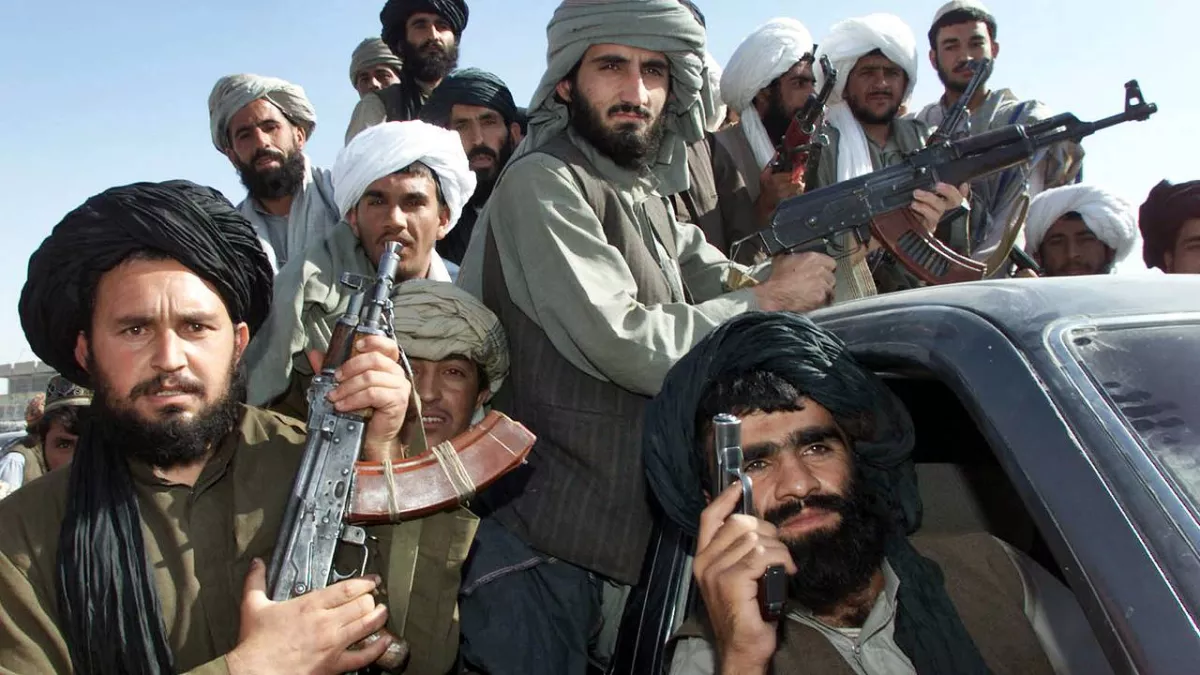
In 2014, terrorists supported from Afghanistan carried out an attack on a school in Peshawar, killing 150 children and teachers. However, by 2015, after a long and bloody counterterrorism operation, the TTP suffered heavy losses.
Yet after the Taliban’s return to power in 2021, the terrorist activity of the TTP sharply intensified. Today, the Pakistani Taliban are once again operating actively in the border province of Khyber Pakhtunkhwa, inhabited by Pashtun tribes.
The Pakistani Taliban control vast areas of the province, and the group’s network of informants extends to nearly every village. TTP militants seize food from local residents and impose taxes on businesses and entrepreneurs.
Since the resurgence of the TTP in 2021, the death toll from terrorist attacks has reached into the thousands. The number of attacks continues to rise each year: 573 people were killed in 2021, and by 2023, the figure had already climbed to 1,203. Police officers, soldiers, and civilians are among the main targets of the terrorists.
In September 2023, militants from the Tehrik-i-Taliban Pakistan (TTP) group attacked the border area in the Kalasha Valleys. In July 2024 alone, several hundred people were killed in assaults carried out by TTP fighters. Since the beginning of 2025, the Pakistani Taliban have conducted more than 600 attacks—a record high for the past decade. Over the last three months, the number of terrorist incidents has surged by 75%.
In September, a Pakistani Taliban suicide bomber blew up an army truck, killing nine soldiers. Two more attacks on September 13 claimed the lives of 19 servicemen. The militants also stormed the federal police headquarters in Khyber Pakhtunkhwa, killing six officers, and detonated a car bomb near a militia headquarters in Balochistan, which left 10 people dead, including civilians.
Corridor wars
What is behind the current surge in terrorist activity in Pakistan’s provinces bordering Afghanistan? There are many factors—but notably, in recent months, Chinese nationals have increasingly become targets of the militants.
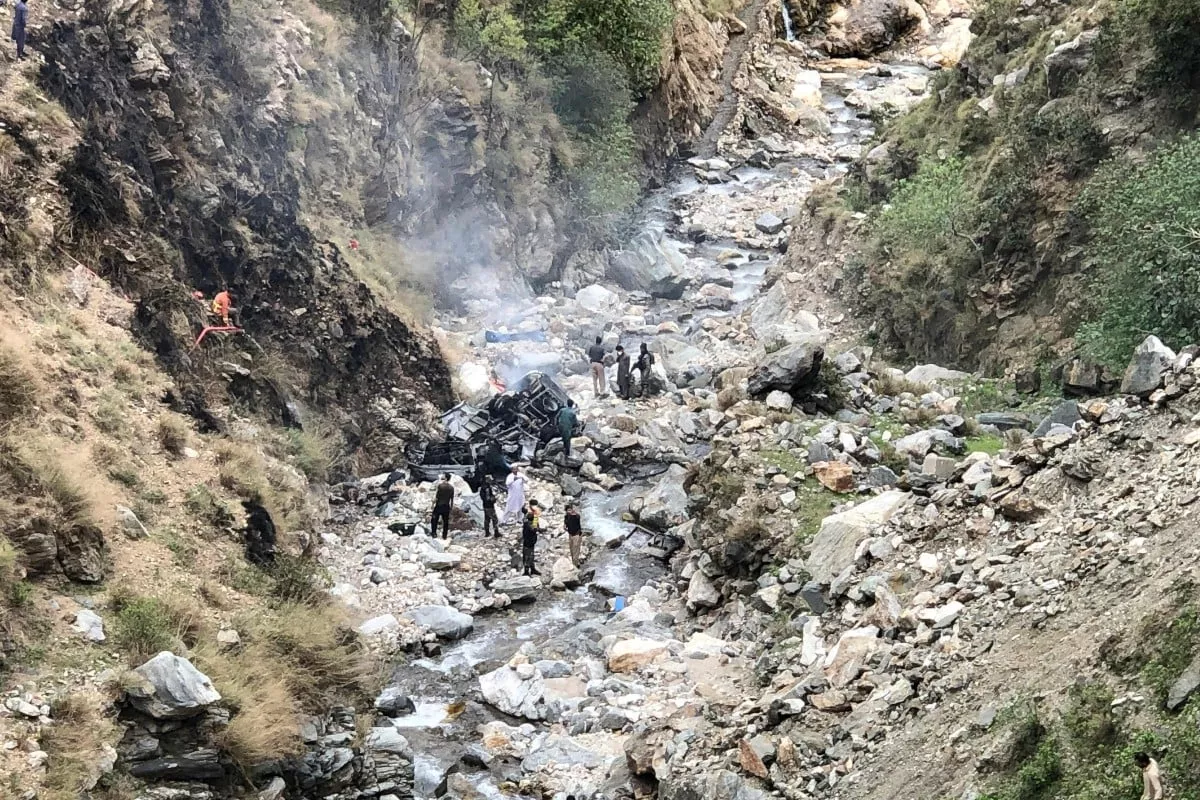
In March 2024, a TTP suicide bomber driving a vehicle packed with explosives rammed into a bus carrying Chinese specialists. Five Chinese engineers working at an energy facility under construction with China’s support were killed in the attack.
Following the incident, Pakistan’s Interior Minister Muhammad Khurram Agha met with Mohammad Nabi Omari, the Deputy Interior Minister of the Taliban government. The Afghan side described the attack as a “tragic incident” but once again refused to acknowledge its support for the Pakistani Taliban.
The attack became a subject of discussion between Chinese Foreign Minister Wang Yi and his Pakistani counterpart, Ishaq Dar, during their meeting in Beijing in May 2024. Wang Yi called on Islamabad to ensure the safety of Chinese personnel working in Pakistan. In turn, the Pakistani side expressed hope that Beijing would use its influence over Kabul to help curb support for terrorism.
And this was not an isolated incident. Between 2021 and 2024, a total of 17 Chinese citizens were killed in Pakistan.
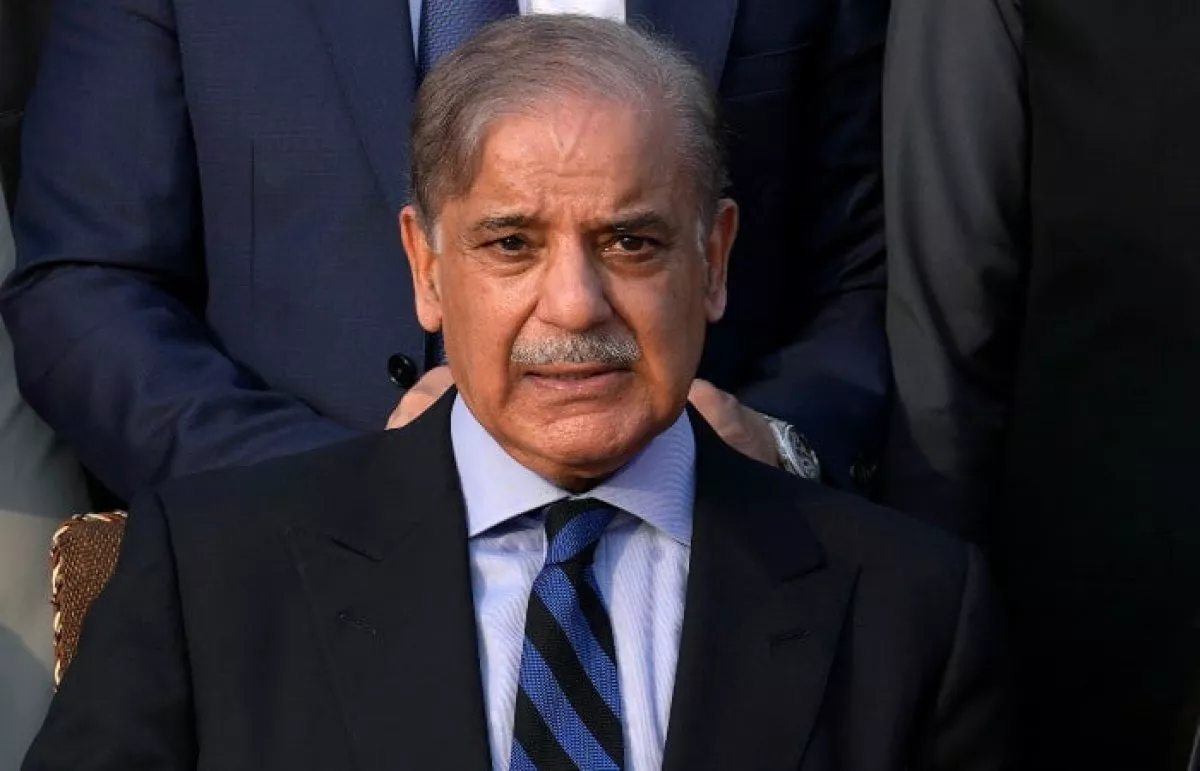
After Pakistani Prime Minister Shehbaz Sharif took office in March 2024, the China–Pakistan Economic Corridor (CPEC) project—part of China’s Belt and Road Initiative—was once again brought to the forefront. Initially valued at $42 billion, the project’s cost was later increased to $67 billion.
During the tenure of the previous prime minister, Imran Khan, the implementation of CPEC slowed due to a number of challenges, including security concerns. However, Shehbaz Sharif declared: “The China–Pakistan Economic Corridor, a game-changer for Pakistan and, consequently, for the entire region, is a central pillar of my government’s development agenda… Ensuring the security of Chinese personnel and projects in Pakistan remains our top priority.”
Today, China is Pakistan’s largest trading and investment partner. In May 2024, during a meeting with representatives of Chinese companies, Shehbaz Sharif announced plans to expand cooperation, particularly in the fields of information technology, agriculture, power generation, and hybrid automobile manufacturing.
The future of CPEC was a focal point during Shehbaz Sharif’s official two-day visit to Beijing in June 2024. To date, the project has created 155,000 jobs in Pakistan, built 510 kilometres of expressways, laid 886 kilometres of power transmission lines, and generated 8,000 megawatts of electricity.
It is evident that there are many forces uninterested in strengthening China’s role in the region or in Pakistan’s economic development.
Strategic partnership and sovereignty
China and Pakistan are now strategic partners. As noted by the Ankara Center for Crisis and Policy Studies (ANKASAM), “China is investing heavily in the development of Pakistan’s strategically important Gwadar Port, which could become China’s second naval base in the Indian Ocean after Djibouti.”
Pakistan’s ports are also vital for China’s energy security, particularly in ensuring the supply of oil from Iran and Saudi Arabia. The CPEC project has drawn sharp criticism from India, primarily because the corridor passes through Kashmir.
CPEC has also faced criticism from the United States. Islamabad is trying to maintain good relations with both Beijing and Washington. However, according to Turkish analysts, while China continues to expand its partnership with Pakistan—including in the defence sector—the United States has been scaling back both its economic and military cooperation with Islamabad. At the same time, Washington is taking deliberate steps toward closer alignment with India. In particular, the essentially anti-China alliance known as the Quadrilateral Security Dialogue (QUAD), which includes India, has been revived.
Despite India’s withdrawal of its diplomats from Kabul following the Taliban takeover, relations between New Delhi and the Taliban government have been improving rapidly.
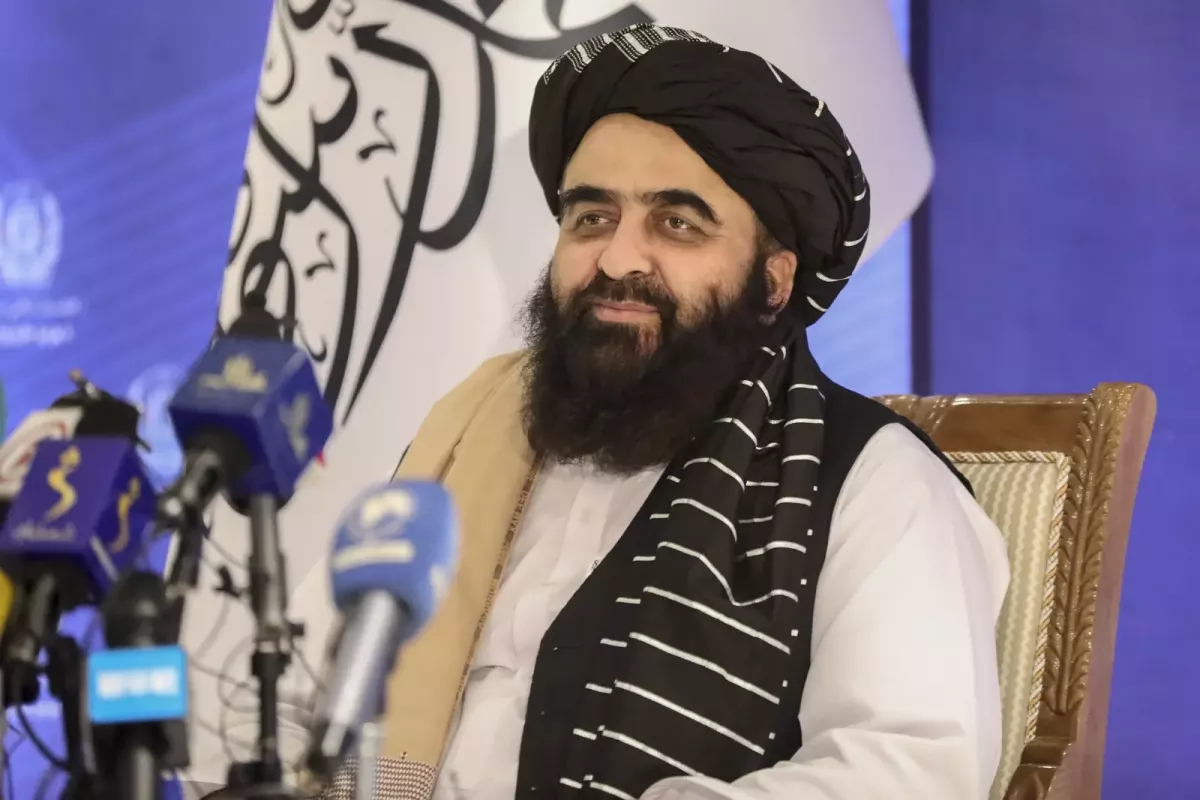
These days, as armed clashes continue along the border, Taliban Foreign Minister Amir Khan Muttaqi—who remains under UN sanctions (temporarily suspended for the duration of the trip)—has arrived in New Delhi for a week-long official visit. Indian mining companies have been invited to participate in the development of Afghanistan’s mineral resources.
During the recent confrontation in Pahalgam, which involved large-scale fighting between Indian and Pakistani forces, the Taliban government unequivocally took India’s side.
Complicated relations
Relations between Afghanistan and Pakistan have never been smooth. From the very formation of the Pakistani state, Afghanistan laid territorial claims to its border regions, hoping thereby to gain access to the sea. Kabul actively supported separatist movements within Pakistan. The Afghan army and tribal militias invaded Pakistani territory in 1950, 1960, and 1961, and local border skirmishes were frequent.
In 1965, attacks on Pakistan from Afghan territory coincided with the outbreak of the Indo-Pakistani war. In 1973, after the overthrow of King Zahir Shah and the rise to power of Mohammad Daoud, tensions once again escalated, reaching their peak during the socialist period of Afghanistan.
The last attack launched from Afghan territory against Pakistan took place in May 2017 in the Chaman area of Balochistan.
Today, terrorist organisations rely not only on ethnic separatism but also on religious fundamentalism. At the same time, Pakistani authorities have repeatedly accused India’s intelligence agency, RAW (Research and Analysis Wing), of directly supporting and training TTP militants and members of other groups.
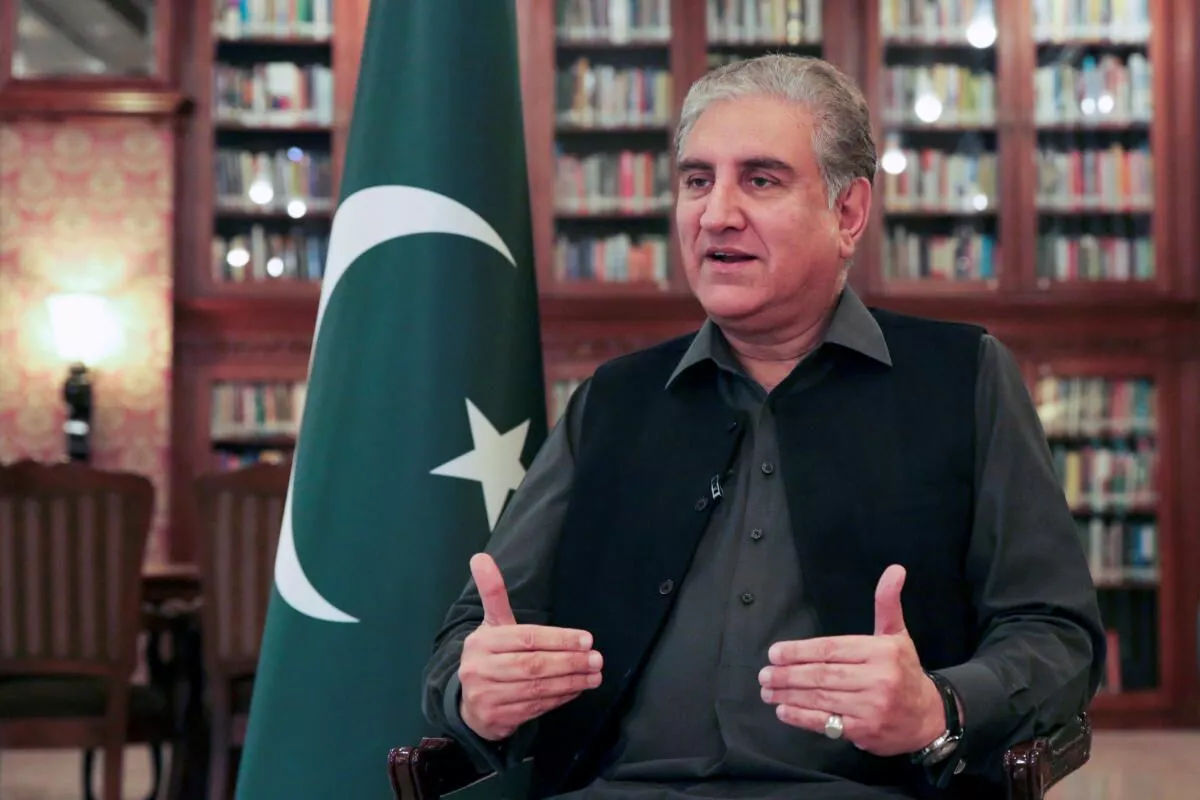
In 2020, then–Foreign Minister of Pakistan Shah Mahmood Qureshi stated that New Delhi sought to use terrorism to halt Pakistan’s economic growth and undermine its political stability.
Following the clashes of October 11–12, hostilities between the Afghan Taliban and Pakistani forces came to a halt. However, on October 14, Afghan Taliban fighters and the Fitna al-Khawarij group once again shelled Pakistani positions along the border in the Kurram district.
The Pakistan Army opened retaliatory fire following attacks on checkpoints in the Kurram District, located in the northwestern province of Khyber Pakhtunkhwa along the Afghan border. On Tuesday morning, a new exchange of fire was reported in Shorabak District of Afghanistan’s Kandahar Province.
The previous evening, a firefight also occurred between the militaries of the two countries in Zazai-Maidan District of Khost Province.
What could happen next?
Can the Taliban muster enough strength for a full-scale war against the Pakistan Army, which vastly outnumbers them? Undoubtedly, TTP terrorist activities will continue, with the risk of spreading to the provinces of Punjab and Sindh. Regular Taliban army units may be periodically drawn into the conflict, prompting further Pakistani military responses. The primary objective of these actions appears to be undermining China–Pakistan economic cooperation.








